The expansion of renewables plays a prominent role in Germany’s energy transition and the achievement of national climate targets. By the end of the decade, their share is expected to have risen to up to 80 per cent. KfW supports sustainable transformation in the energy sector in a variety of ways.
One of Europe’s most important energy hubs is currently being built in the southwestern part of Schleswig-Holstein – between Brunsbüttel and Itzehoe. Here in Wilstermarsch, just a few kilometres from Germany’s lowest geographical point (3.5 metres below sea level), the substation (converter) for NordLink went into operation in 2021.
NordLink - The green electricity highway
Source: KfW / Detlev Karres / Thomas Schuch
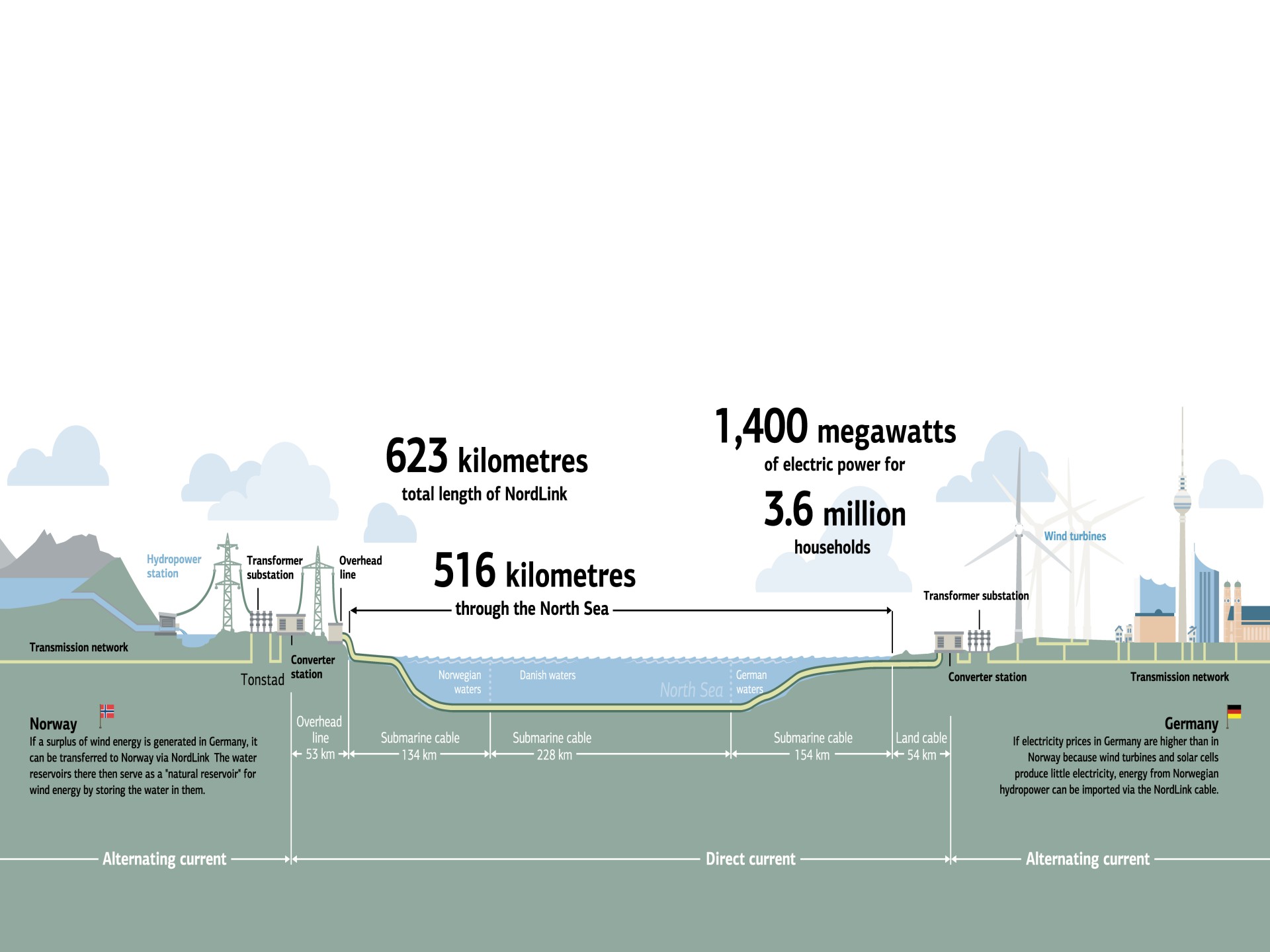
The interconnector
An interconnector is a power line that crosses the border of two neighbouring countries. Either an overhead line suspended from electricity pylons or an underground or submarine cable. The NordLink cable has been connecting the German and Norwegian energy markets since 2021.
In Wilster, the over 620-kilometre “electricity highway” between Germany and Norway begins and ends. It runs from the Norwegian mountain lakes and fjords, across the North Sea and the North Frisian Wadden Sea, under the Kiel Canal and right up to the Elbe. Up to 1.4 gigawatts of electricity are reliably transmitted in both directions via a new type of high-voltage cable (HVDC), supplying more than 3.6 million households.
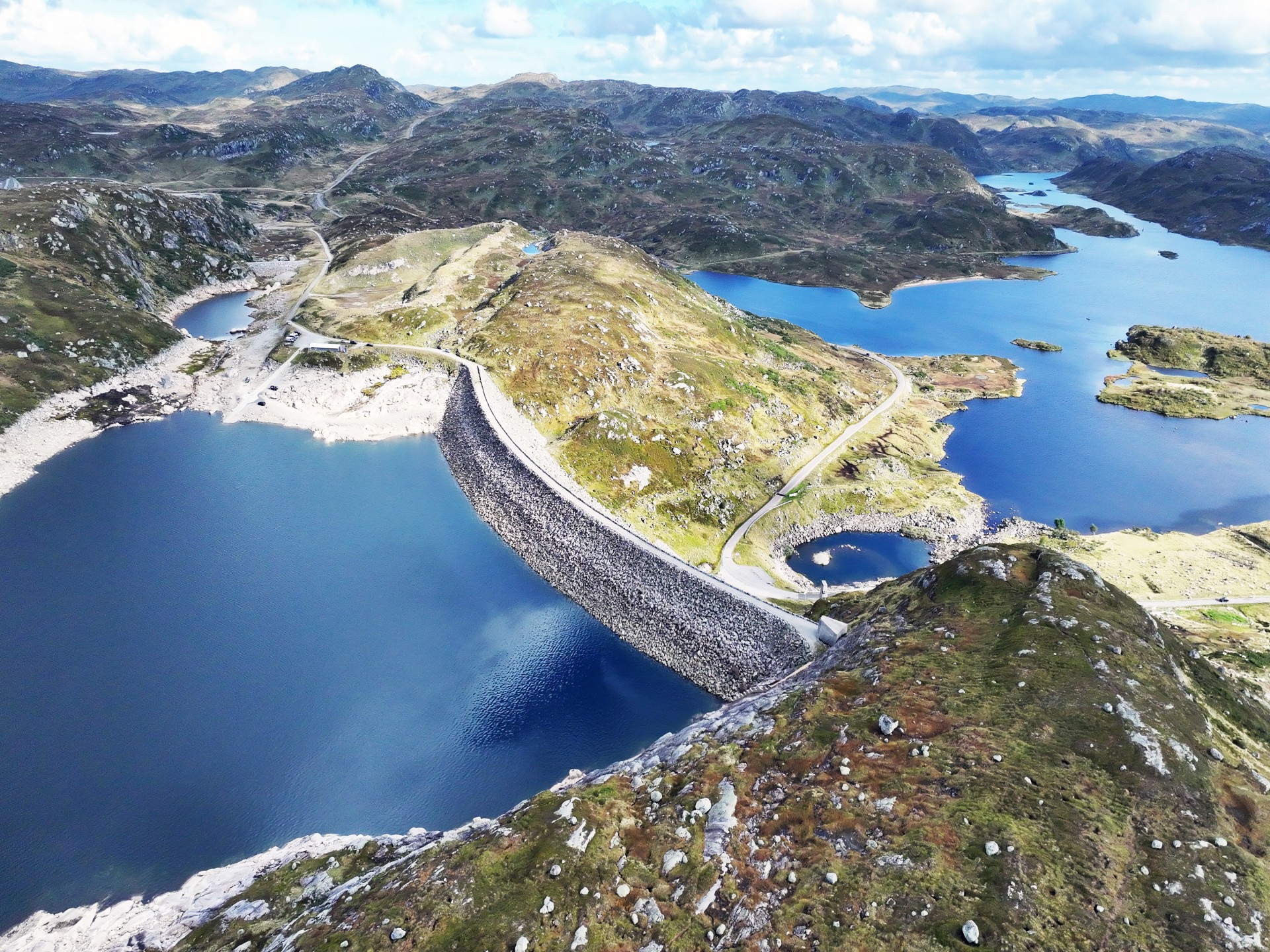
Giant battery
The high-altitude Norwegian reservoirs serve as "natural reservoirs", as it were, for the surplus electricity...
The combination of Norwegian hydropower and German wind power offers many advantages for both countries. If surplus wind power is generated in northern Germany, it can be transferred to Norway via NordLink. The high-lying Norwegian reservoirs then serve as “green electricity batteries” for the green wind power – and vice versa, when demand is high, Germany imports electricity from the north, generated by highly-performant hydropower plants.
NordLink thus not only increases security of supply in both countries, but also makes an important contribution to reducing CO₂ emissions and thus to achieving European climate protection targets.
HVDC cable
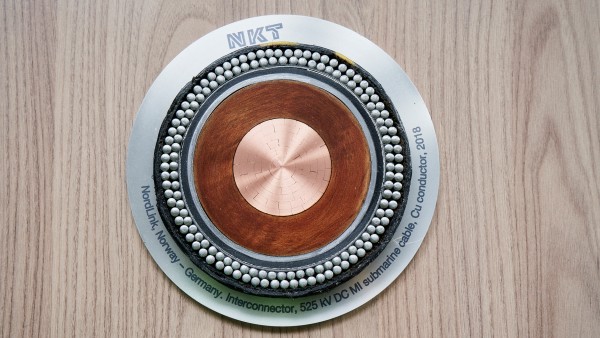
New generation of power cables
Cross-section through the 13-centimetre-thick power cable weighing 50 kilograms per metre, which was laid as a submarine and underground cable at NordLink.
Due to the length of the line, direct current is used to transfer current through the two cables (positive and negative pole) connected to converter stations at each end.
Unlike comparable alternating current connections, high-voltage direct current (HVDC) transmission can be transported over long distances with significantly lower energy losses at the same output.
NordLink has converter stations in Wilster, Germany and Tonstad, Norway. At these locations, the electricity is converted from direct to alternating current (or vice versa, depending on the transmission direction) and fed into the German and Norwegian transmission networks to supply households and companies with electricity.
With NordLink, there is now also an interconnector between Germany and Norway and their two electricity markets for the first time. Previously, the Netherlands had already implemented a similar project with Norway.
European interconnected network
In the European Union, the transmission networks of all countries are connected by what are known as interconnectors. On the one hand, they enable cross-border electricity trading and, on the other, they increase security of supply.
Together, the national transmission networks and the interconnectors between the countries form the European interconnected grid. Germany is in the centre due to its geographical location and is therefore a hub of sorts for electricity from many other EU countries. Accordingly, Germany is well equipped with interconnectors – especially at the borders to Austria, Switzerland, the Netherlands and France.
The NeuConnect interconnector (Start of construction: May 2024 in Wilhelmshaven), the first direct electricity link between Germany and the UK, will connect two of Europe's largest energy markets via a 725 km HVDC line by 2028. Similar to NordLink, up to 1.4 GW of electricity can then be transported in both directions and supply up to 1.5 million households.
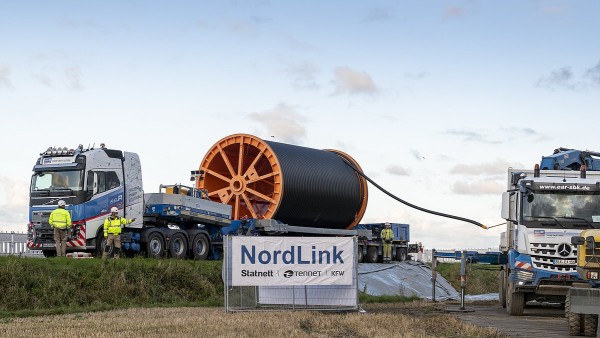
Joint project
KfW is involved in NordLink together with the two TSO.
In addition to KfW, the two transmission system operators (TSO) Statnett (Norway) and Tennet (Germany) are also involved. The flagship project was completed after a construction period of just five years and within the planned budget of just over 1.7 billion euros.
For Harvard Stein Auno (Project Manager for NordLink at Statnett), KfW’s involvement in this complex and cross-border project was essential for its success.
“This was the first time we had investors other than the transmission system operators such as Tennet and Statnett. When KfW joined the project, it was a real added value because KfW saw things from a slightly different perspective than the transmission system operators.”
In the cooperation agreement, a 50:50 partnership was agreed between Norway and Germany. Statnett owns half of NordLink, while the other half is owned by KfW and Tennet on the German side, as part of a project company founded specifically for this purpose.
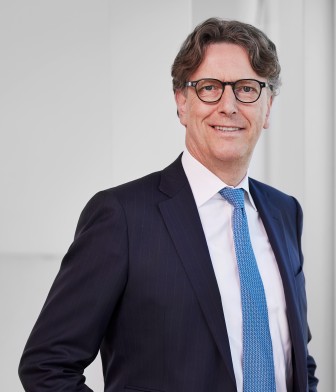
“With NordLink, KfW has co-financed one of the flagship projects of the European energy transition”
We finance
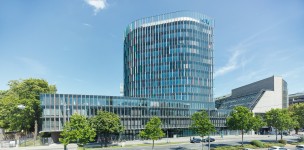
KfW IPEX-Bank finances projects all over the world in the field of power, renewables and water.
Read moreKfW CEO Stefan Wintels describes NordLink as one of the flagship projects of the European energy transition and is certain that the transformation will also succeed in this area.
“I firmly believe that, by the end of this decade, people will already see that we have made decisive progress in the necessary decarbonisation.
Together with its partners, KfW is playing a key role in supporting the sustainable transformation of the economy and society in Germany, Europe and the world.”
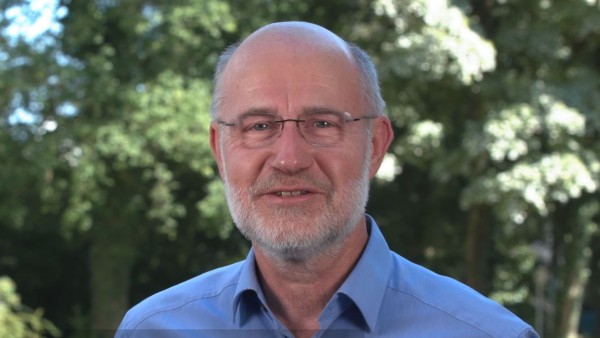
Harald Lesch
is a professor at the LMU Munich and lecturer in natural philosophy at the Munich School of Philosophy. He is also a well-known author and presenter of TV science programmes.
For Professor Harald Lesch, a well-known scientific journalist ( “Leschs Kosmos” and “Terra X”) and a physicist who has won multiple awards, NordLink is a prime example of how electricity from renewable energies, which can even be stored, can be used to successfully achieve an ecological transformation into a decarbonised age.
Professor Lesch considers KfW’s contribution to such complex and cross-border projects as NordLink to be indispensable.
“After all, when it comes to many investments, we’re at the very beginning. And for these early stages, an institution like KfW is very important.”
The green cable between Germany and Norway
North Sea
Offshore wind farms off the German coast deliver electricity to the German grids via a submarine cable and to Norway via NordLink if required.
TenneT TSO
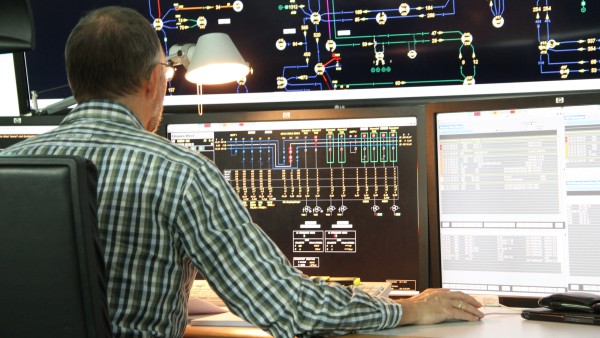
Control Centre
Tennet controls its entire electricity grid in Germany from Lehrte.
The Tennet campus in Lehrte near Hanover is home to the TSO’s control centre. This is where the grids and converter stations in northern Germany are managed.
The control centre is the brain of Tennet. Dozens of monitors are used to coordinate the electricity supply for over 24 million end customers in Germany. The Tennet area extends from the offshore wind farms in the North Sea to Lower Saxony, Hesse and Bavaria.
Grid stability is the top priority in the control centre. Across Europe the standardised frequency is exactly 50 Hertz. Minor fluctuations are unproblematic but occur constantly, so TSO such as Tennet have to continually normalise the frequency.
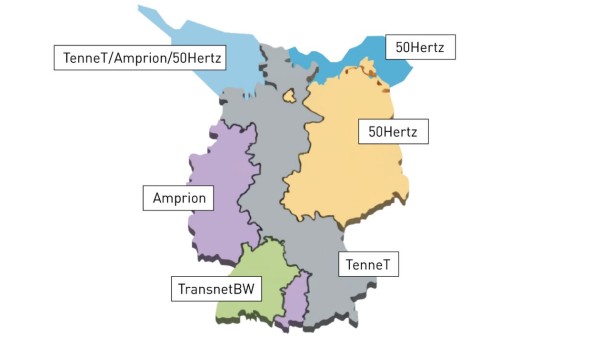
Transmission System Operators (TSO)
In Germany, four TSO share the more than 36,000 kilometres of electricity grids.
In addition to TenneT, there are three other TSO, 50Hertz, Amprion and TransnetBW, which have divided Germany into four large areas known as “control zones” ( “Regelzonen”).
In 2018, KfW acquired 20 per cent of 50Hertz from a Belgian company on behalf of the German Federal Government.
Since November 2023, the federal government has also acquired a minority stake of 24.95 per cent in TransnetBW via KfW.
Offshore wind farms
Other Tennet substations are located near Brunsbüttel, a few kilometres from NordLink’s Wilster substation, close to where the Kiel Canal and the Elbe converge. The electricity from the large offshore wind farms in the North Sea is transported over 200 kilometres to the mainland via submarine cables and then converted from direct current to three-phase current.
The 13 offshore wind farms in the North Sea currently provide more than 8GW of capacity. By 2031, the intent is that they will supply at least 30GW in order to achieve the set targets.
Green power house North Sea
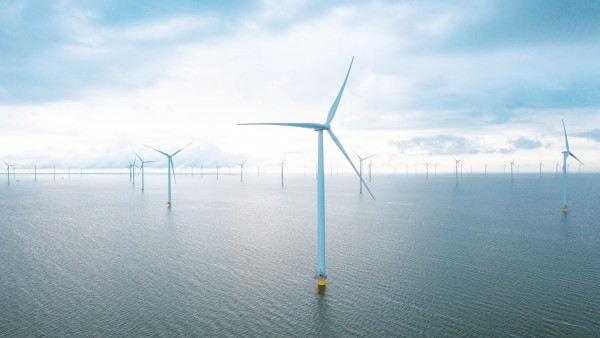
Expansion of wind farms
By 2050, offshore wind energy in the North Sea will be massively expanded.
In the coming years and decades, there will be a massive expansion of renewables, especially in Germany and Europe, in order to meet the ever-growing demand for green electricity. In offshore wind power alone, Germany and other North Sea countries, such as the Netherlands, Belgium and Denmark, have agreed to jointly build offshore wind power with a total capacity of up to 150GW by the middle of the century.
The two non-EU member states Norway and the United Kingdom have already drawn up similarly ambitious plans. As a result, the North Sea is increasingly becoming the future green power house for Europe.
Here, too, the transformation in the energy sector will progress in a few years’ time, gradually replacing and making fossil energy sources such as natural gas and oil obsolete.
SuedLink
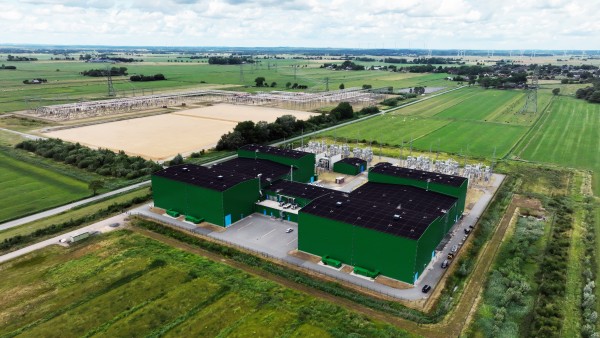
Wilster hub
Directly next to the NordLink converter (bottom right), the construction site for the new SuedLink substation is being built in Wilster (top left).
Just a few metres from the NordLink converter, the SuedLink substation will be built directly on the opposite side of the road. From 2028, the substation will transport the electricity from renewable energies to southern Germany via two different underground cable lines. One SuedLink line stretches over 550 kilometres from Wilster to near Schweinfurt in Bavaria.
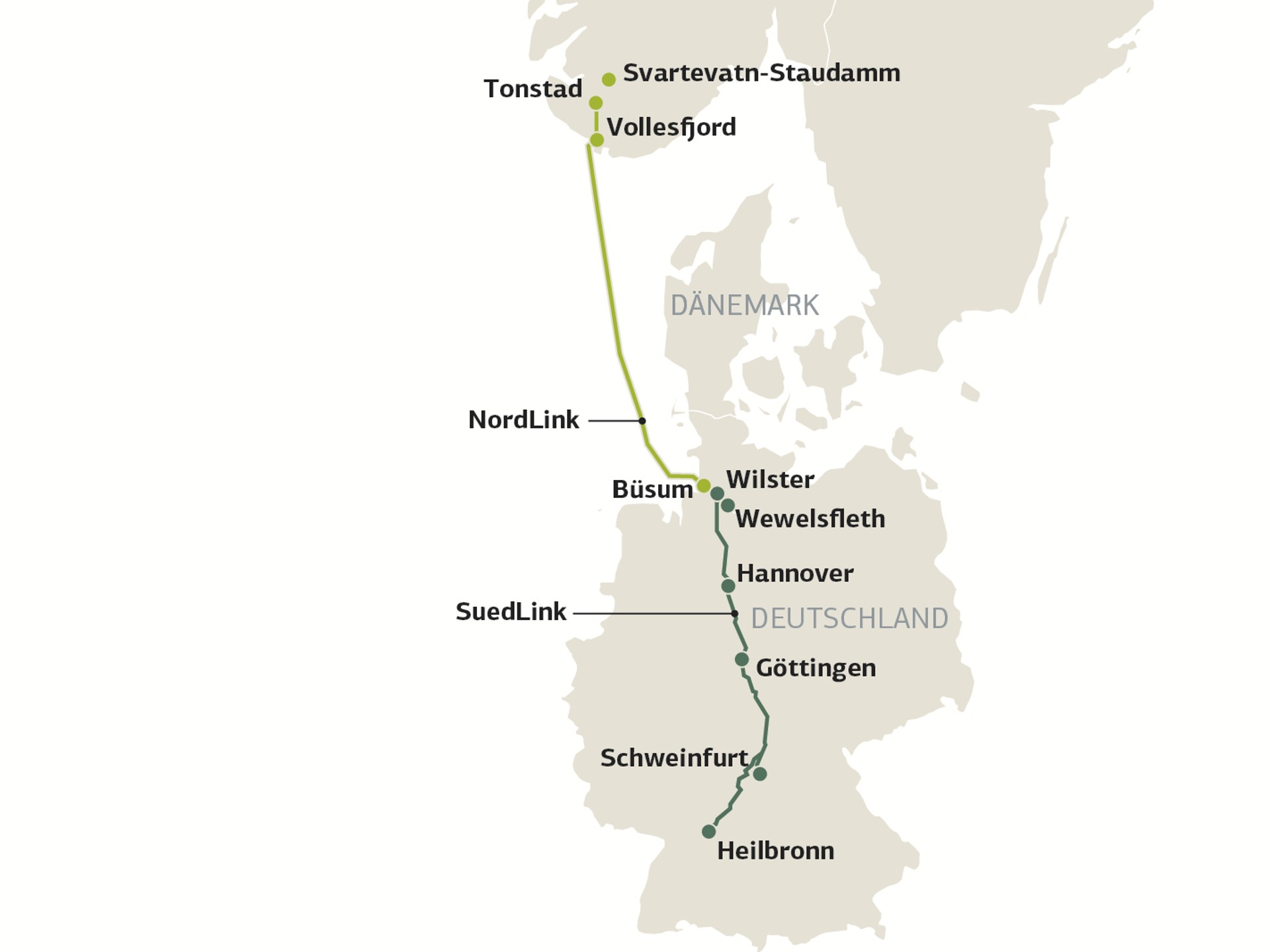
North-South line
At the same time, a second SuedLink line will be built from Brunsbüttel on the Elbe to the city border of Heilbronn in Baden-Württemberg, over 700 kilometres away. With a transmission capacity of 4 gigawatts and a planned investment of 10 billion euros, SuedLink is Germany’s largest energy transition infrastructure project to date. Even before the end of the decade, not only will Norway be connected to northern Germany, but the southern federal states will also be connected via an efficient electricity highway.
SuedLink
SuedLink consists of two direct current transmission lines that will be planned, built and operated in parallel from end of 2028. Both connections will be laid next to each other over a large part of their route, the so-called trunk line.
Read moreTennet and TransnetBW are involved in building SuedLink. The two TSO have divided the project horizontally at the level of Hildesheim in Lower Saxony. Tennet is responsible for the northern section of the highway and the converters in Schleswig-Holstein and Bavaria. The southern section of the highway and the converter in Baden-Württemberg are in TransnetBW’s area.
The first construction work on two SuedLink sections in Lower Saxony and Baden-Württemberg has already begun in autumn 2024. The particularly complex work on the Elbe subway (ElbX) has also progressed according to plan.
"Apollo program" energy transition
Professor Harald Lesch is convinced that it is absolutely essential for the success of this colossal task to inspire people that sustainable transformation with renewable energies will improve our living and economic conditions in the near future:
“We really need something like a grand narrative, as the scientific community calls it today. A narrative that turns the energy transition into something positive. Basically something like an Apollo program.
It must be clear: this country, this continent, is preparing to undertake a completely new transformation that has never existed before. Not in size, not in impact, not in intensity. This means that, first and foremost, it is important that people can benefit from it.
If we succeed in converting these renewable energies and then also storing them, I actually view the future with a great deal of optimism.”
Published on KfW Stories on 17 November 2023, updated on 24 October 2024
The described project contributes to the following United Nationsʼ Sustainable Development Goals
Goal 7: Ensure access to affordable, reliable, sustainable and modern energy
Close to 80 per cent of the energy produced worldwide still comes from fossil fuel sources. Burning fossil fuels also generates costs for the health system due to air pollution and costs for climate-related damages that harm the general public, not just those burning the fuel.

All United Nations member states adopted the 2030 Agenda in 2015. At its heart is a list of 17 goals for sustainable development, known as the Sustainable Development Goals (SDGs). Our world should become a place where people are able to live in peace with each other in ways that are ecologically compatible, socially just, and economically effective.

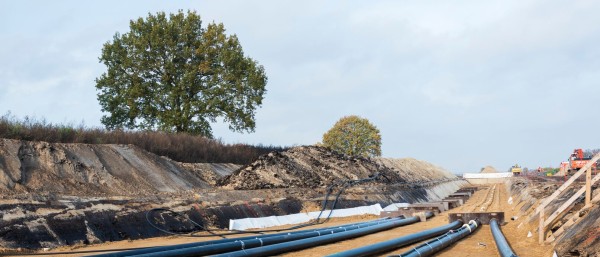
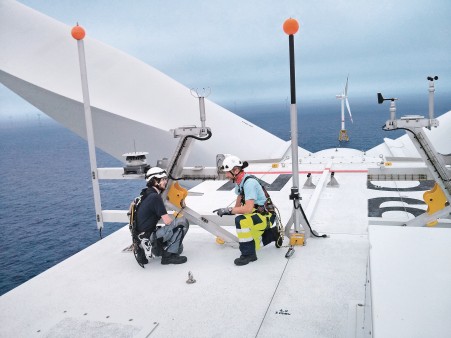
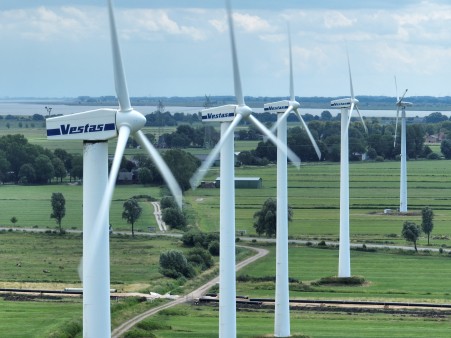
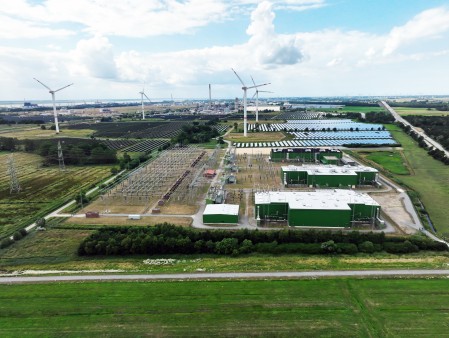
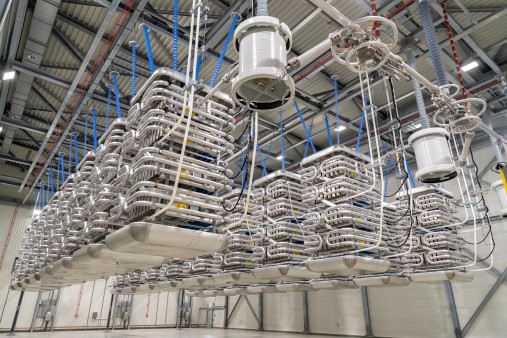
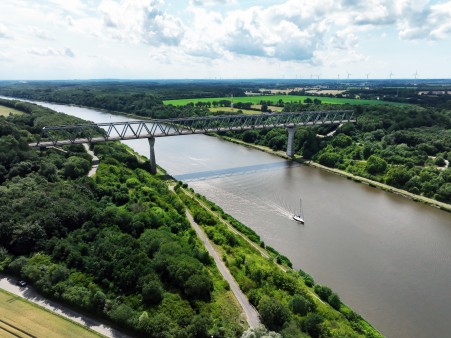
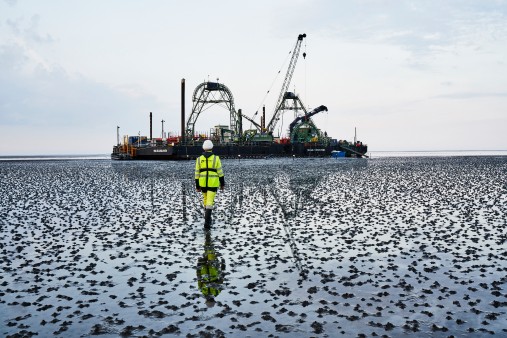
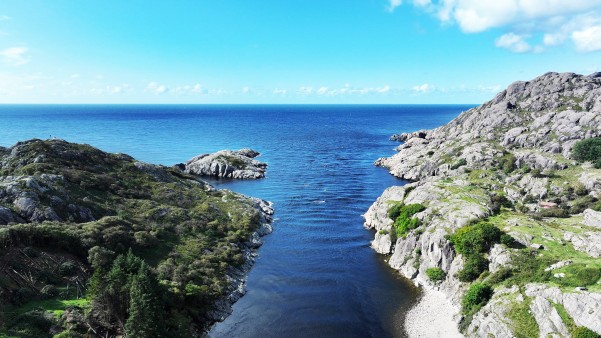
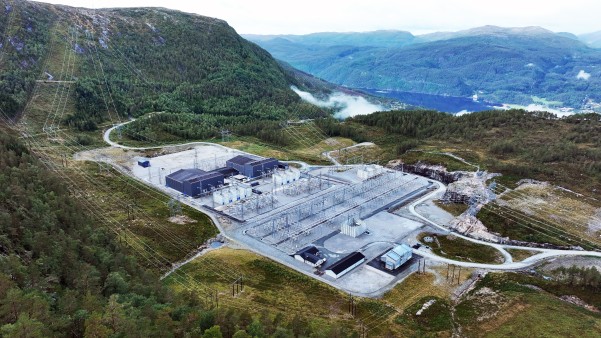
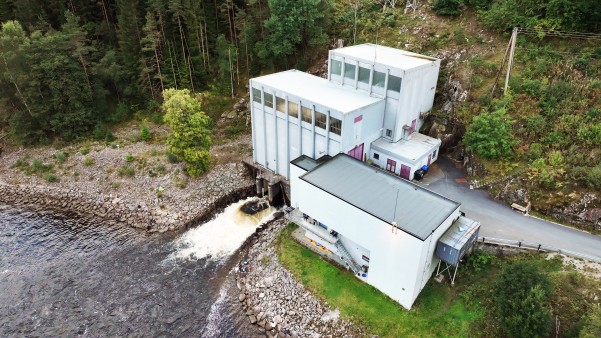
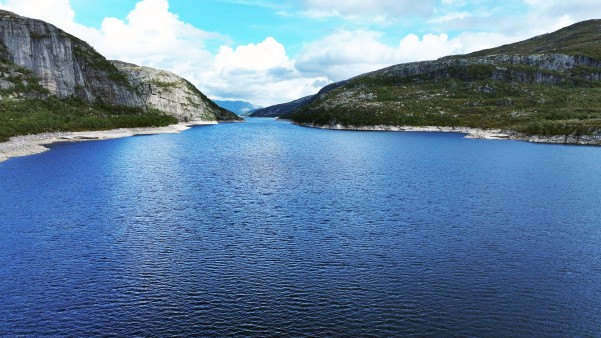










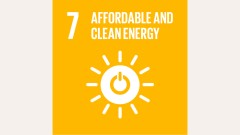
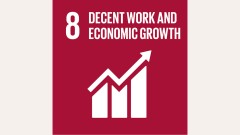
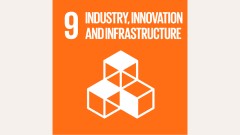
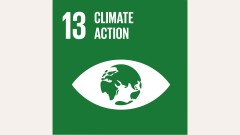
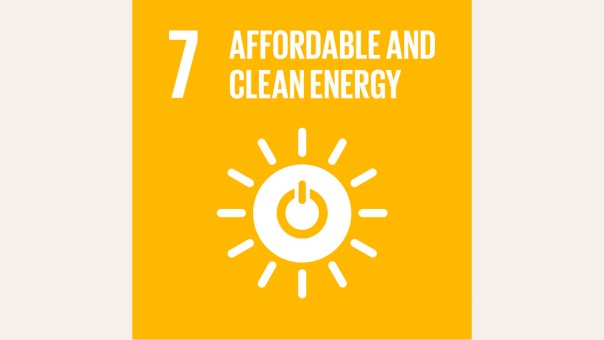
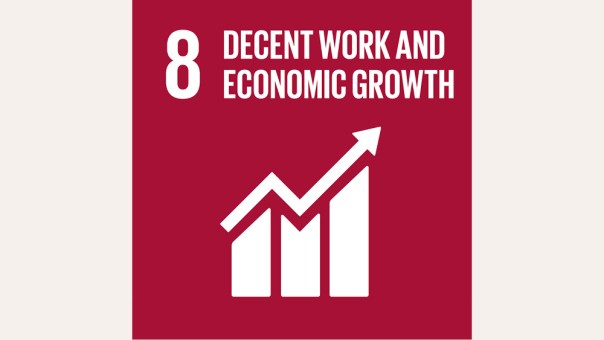
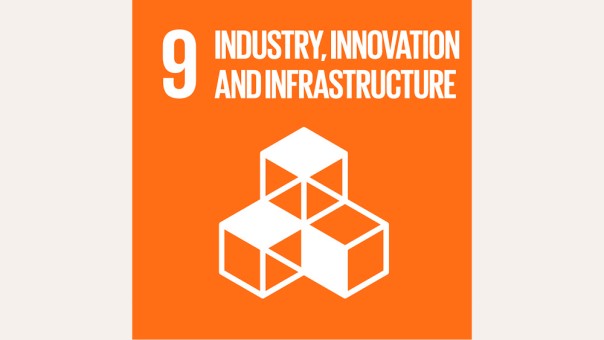
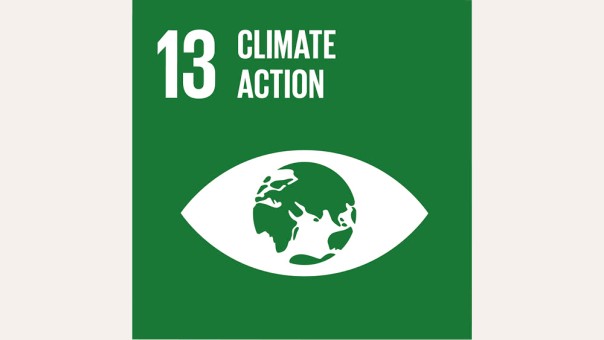
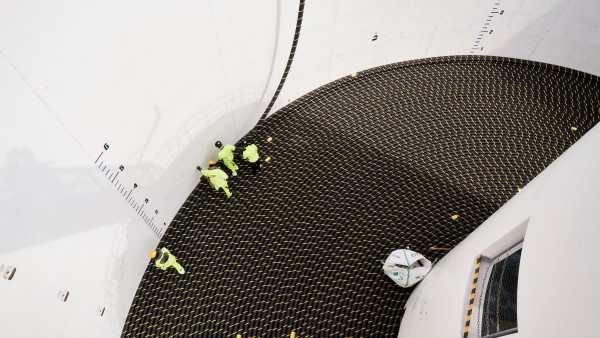
_rs_cta_teaser_3_small.jpg)
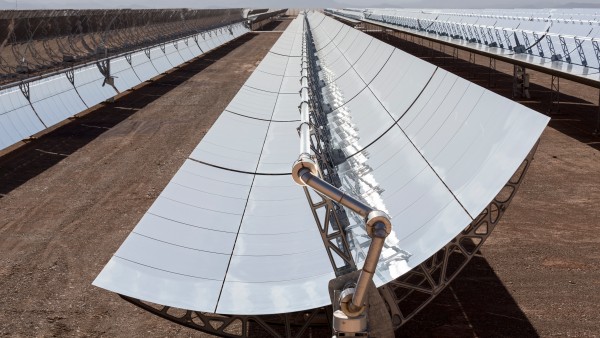
Data protection principles
If you click on one of the following icons, your data will be sent to the corresponding social network.
Privacy information